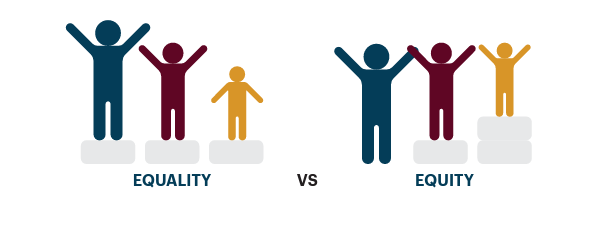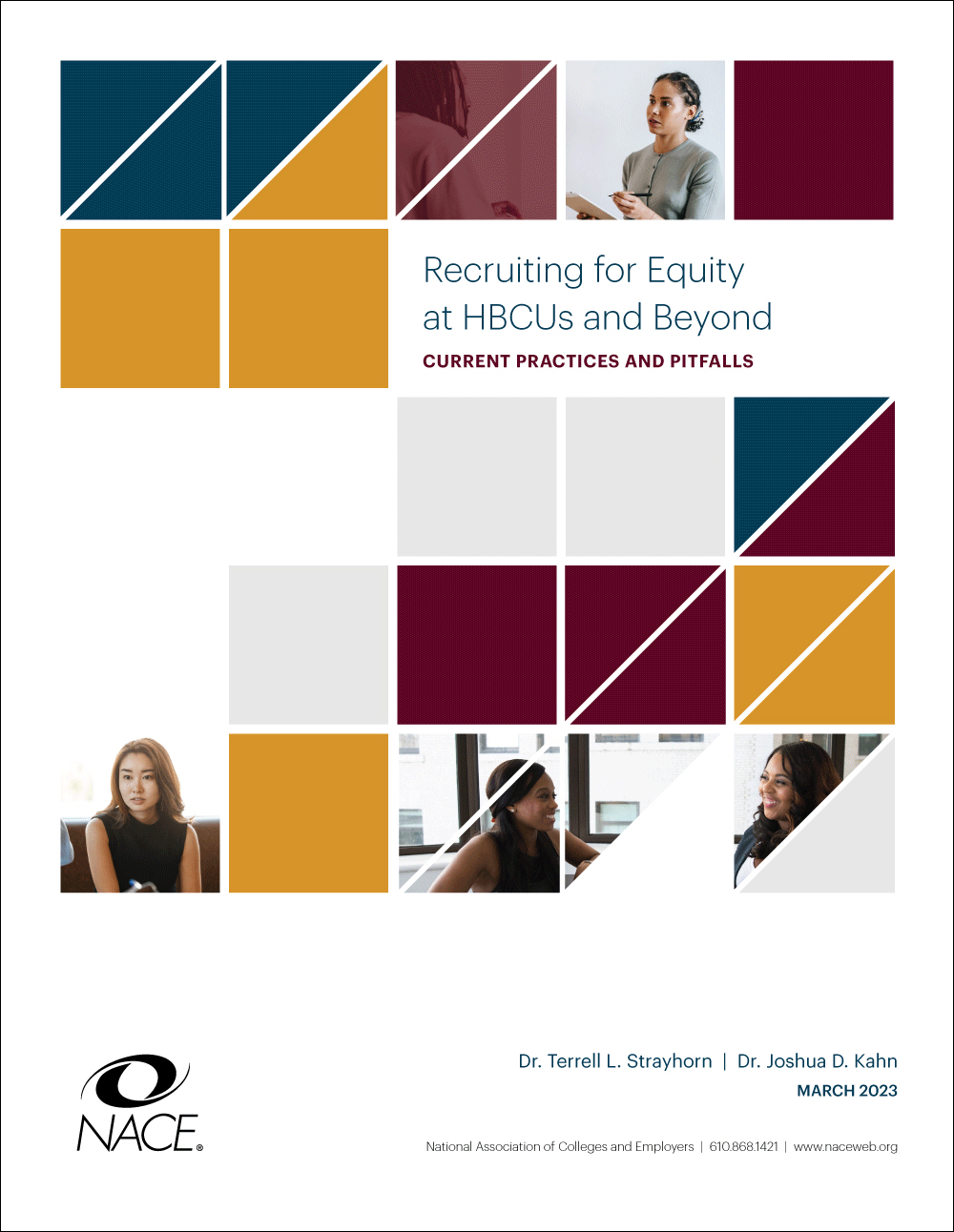Why personal pronouns matter
As MyPronouns.org notes, “referring to people by the pronouns they determine for themselves is a basic human dignity...Using someone’s correct personal pronouns is a way to respect them and create an inclusive environment.”While some personal pronouns are gender specific, e.g., “he” and “she,” individuals who are transgender or gender nonconforming may choose other personal pronouns, such as “they” and “ze.”
Often, people make assumptions about gender based on a person’s name or appearance. These assumptions aren’t always accurate and can send a potentially harmful message that an individual must look a certain way to demonstrate gender.
Sharing/asking: It is important to provide individuals with opportunities to share their gender pronouns as they wish. Sharing pronouns should be optional. No one should be required to share their pronouns.
For example, if you are asking as part of an introduction exercise, you might quickly explain what gender pronouns are, share your own, and then say something like, “Please tell us your name, where you are from, and, as an option, your personal pronouns.”
If someone does not share pronouns, please refrain from using pronouns for that person and refer to the person by name.
Examples of Gender Pronouns
| HE | |
|---|---|
| SHE | |
| HIM | HER |
| HIS | HERS |
| HIMSELF | HERSELF |
| Gender specific pronoun | Gender specific pronoun |
| THEY | |
| HIM | THEM |
| HIS | THEIR |
| HIMSELF | THEMSELF |
| Gender specific pronoun | Gender neutral pronoun |
| ZE | |
| HIM | SIE |
| HIS | ZIE |
| HIMSELF | HIR |
| Gender specific pronoun | Gender neutral pronoun |
| HE | HIM | HIS | HIMSELF | Gender specific pronoun |
|---|---|---|---|---|
| SHE | HER | HERS | HERSELF | Gender specific pronoun |
| THEY | THEM | THEIR | THEMSELF | Gender neutral pronoun |
| ZE | SIE | ZIE | HIR | Gender neutral pronoun |
Resources
- GLSEN: www.glsen.org
- Lesbian, Gay, Bisexual, Transgender Resource Center, UW-Milwaukee: uwm.edu/lgbtrc
- MyPronouns.org
- Practice With Pronouns: www.practicewithpronouns.com
- Trans Student Educational Resources: www.transstudent.org
- Tyler Clementi Center: clementicenter.rutgers.edu
Developed by the 2019 NACE Inclusion Committee. Posted 2019.








